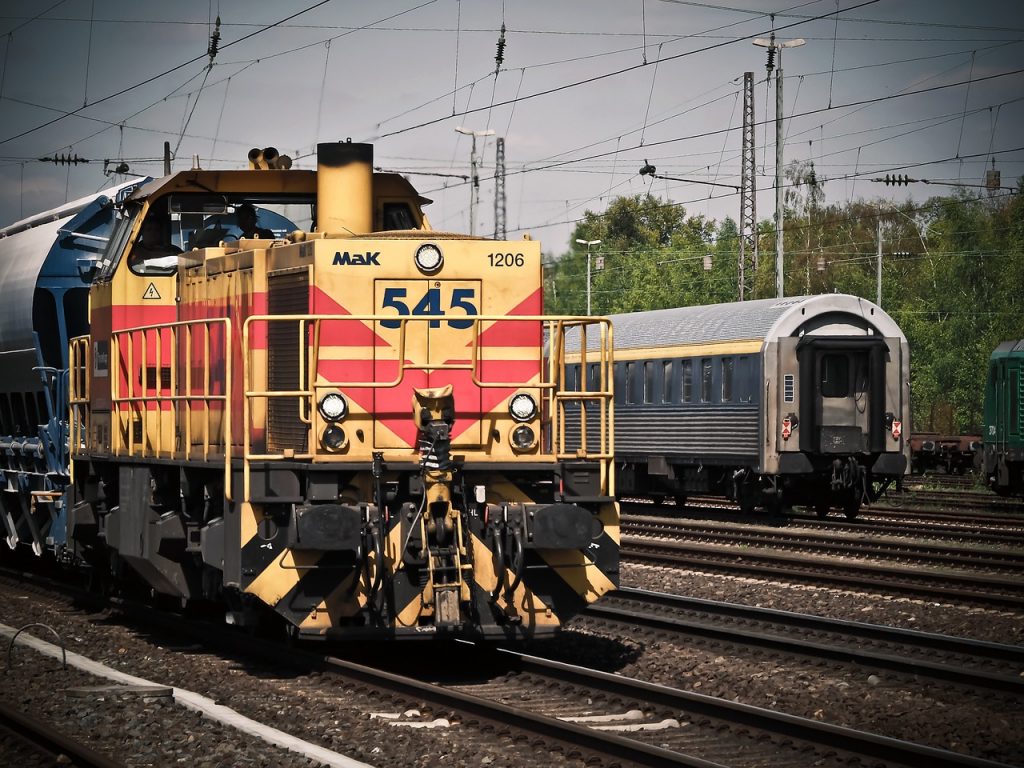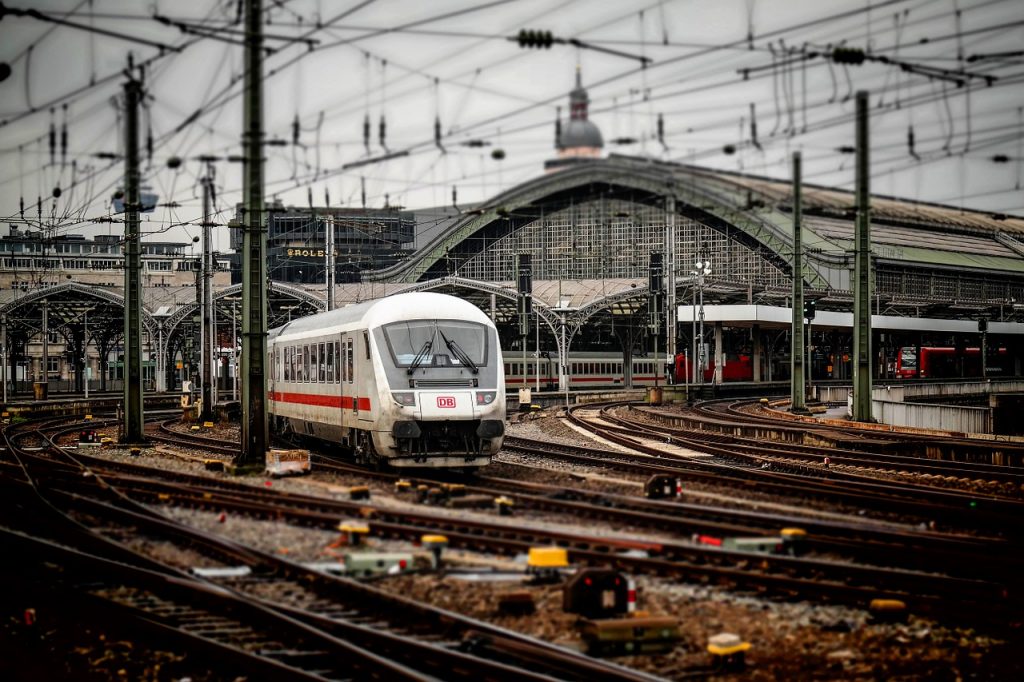Trains Might Soon Be Powered By Batteries
Trains, much like cars, could soon be running on battery power.
This article is more than 2 years old

With the fight to cut carbon emissions already in overdrive, there is a fairly good likelihood that we just may see the possibility of eliminating it from one form of transportation. Electric vehicles are slowly becoming the norm, taking their cues from Joe Biden, who pledges the United States to be 100 percent carbon pollution-free by 2035. It’s a lofty goal, especially since we have planes, trains, and ships we must contend with.
Of those three, trains may be the closest to getting their solution, and batteries just may be it. The large freight locomotives that traverse the landscape of our nation serve a massive purpose for our supply chain, but their health benefits are less than nil.
Most locomotives run on a 4,400-horsepower engine that chews up over 3.5 billion gallons of diesel fuel each and every year. The smut they spew into the air equates to nearly 35 million tons of carbon dioxide and that’s not all. The other pollutants coming from these diesel engines have been estimated to cause 1,000 premature deaths and nearly $6.5 billion in health care damages.
Now, though, California-based researchers have been looking at the possibility of sending a jolt of electricity into our railroad system. What they found is that the technology we seek to make this happen is virtually ready to roll and, economically speaking, we just may be ready in that regard as well.
In the past, researchers have considered a couple of smart options as a way to cut trains’ emissions. The first would be to electrify our entire rail system by stringing together wires above the railroad tracks. We have and still use this method in some cities, but this solution would require a huge amount of up-front cost. The cost to maintain such a system may be more than we bargained for as well.
Another solution considered would be powering fuel cells with hydrogen. This solution, believe it or not, could actually be a less expensive one in the long run, but it would first require us to develop a means to produce a significant amount of hydrogen. It would ideally involve the splitting of water using renewable energy and while we have the technology to make it happen, this solution is most likely many years away from becoming a reality. So, the solution we need would have to be an immediate one.
Which leads us to batteries. This almost-ready solution is one that can be integrated with the existing system we already have in place. As you may or may not know, most of our diesel trains use their diesel to power an electric generator, which in turn powers the train’s motors. A simple tinkering of the wiring would potentially allow trains to take on an outside power source, i.e., a battery.

This potential solution was actually strongly considered by scientists a number of years back, but it was eventually kicked out for technological and fiscal reasons. But since then, and perhaps thanks to Elon Musk, our ability to build better, and much larger batteries has grown exponentially. Even better, prices for these bigger, better, badder, and faster batteries have dropped 87 percent over the past ten years. It was time to take another look at the possible battery solution, and the researcher did just that.
On average, your typical freight train travels 150 miles a day when operating. To move that distance, researchers built a battery that could not only handle the mileage but also the payload, which was four locomotives, 100 freight cars, and nearly 7,000 tons of material. What they found was that lithium ferrous phosphate would allow for each of the four trains to be serviced by a single freight car that they configured into a giant battery. This freight car battery turned out to only occupy 40 percent of a typical boxcar volume and, even better, would weigh in seven tons below the weight limit imposed by our existing bridges.
It’s a promising solution. Direct electric powers efficiency would allow a train to use only half the energy we see used by internal combustion engines. But there is always a “but” to possible solutions. One single charge wouldn’t get the train from point A to point B. Of course, that could be alleviated on any of the several stops a train typically makes per journey. The range could be boosted with a fast charge and if longer breaks are necessary then entire battery cars could be swapped out for fully charged ones.
Another “but” that could muck things up might be cost. The system itself wouldn’t need to see new trains built, but the batteries themselves and their corresponding charging infrastructure would need to be bought before an all-electric system can be implemented. One more potential issue – the cost of the electricity itself once these trains went online.
Does the cost switch to an entirely new electric system outweigh the cost facing our health system? Researchers used an economic measure called the “net present value” to determine what the numbers could look like. They figured that the initial cost of switching to batteries alone would cost a cool $15 billion. They then took pollution damage into account and that negative $15 billion turned into a positive $44 billion in savings. Factoring in climate damages jumped the savings to nearly $94 billion. These are numbers we could get behind.
Will it happen or not is the big question. We have the technology, and we have the willpower to make it happen. Will it be more trouble than it’s worth or is no price too steep to start dealing with the ongoing climate issue?



